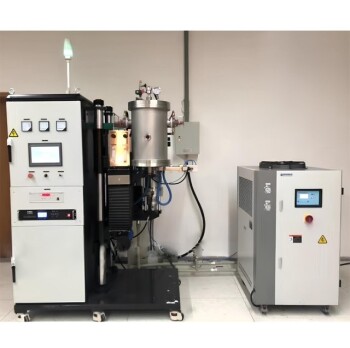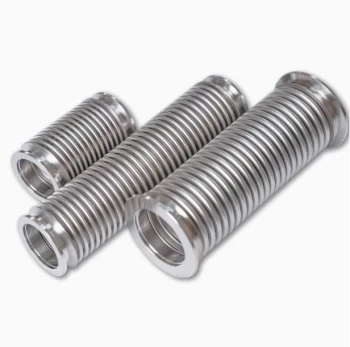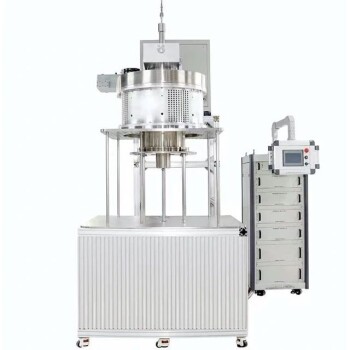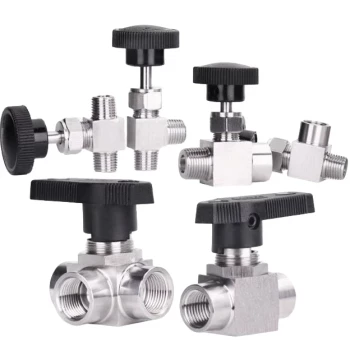Vacuum firing, a specialized heat treatment process conducted in a vacuum environment, offers numerous advantages for metallurgical and material processing applications. By eliminating atmospheric interference, it ensures high-quality outcomes with minimal contamination, precise temperature control, and enhanced material properties. This method is particularly valuable in industries requiring oxidation-free processing, repeatable results, and energy efficiency. Below, we explore the key benefits in detail.
Key Points Explained:
-
Minimized Contamination and Oxidation
- Vacuum firing occurs in an oxygen-free environment, preventing oxidation and contamination from gases like carbon and hydrogen. This is critical for materials like stainless steel, where oxidation can degrade quality.
- The absence of reactive gases ensures the integrity of sensitive materials, making it ideal for aerospace, medical, and semiconductor applications.
-
Precise Temperature Control and Uniform Heating
- Vacuum furnaces provide exceptional temperature uniformity (±5°C or better) across the workspace, ensuring consistent results.
- Advanced computer-controlled systems allow for repeatable processes, which is vital for metallurgical repeatability in industries like tooling and automotive.
-
Enhanced Material Properties
- Vacuum environments facilitate atomic diffusion during sintering, leading to denser, stronger products with improved mechanical properties.
- For stainless steel, vacuum firing reduces hydrogen content and magnetic permeability, making it suitable for high-precision experiments.
-
Rapid Cooling (Quenching) Capabilities
- Vacuum furnaces support quick cooling rates, which are essential for achieving desired hardness and microstructure in metals.
- This feature is particularly advantageous for processes like annealing and brazing.
-
Energy Efficiency and Environmental Benefits
- Vacuum furnaces minimize heat loss due to their insulated design, reducing operational costs.
- The absence of exhaust gases or byproducts makes them environmentally friendly compared to traditional furnaces.
-
Versatility and Scalability
- Vacuum firing supports multiple processes (e.g., sintering, heat treatment, brazing) in a single system, saving time and space.
- Larger or more samples can be processed efficiently, as seen in vacuum hot press systems, which combine pressure and heat for advanced material consolidation.
-
High-Quality, Repeatable Output
- Computer automation ensures consistent results batch after batch, reducing scrap rates and improving yield.
- This reliability is crucial for industries like aerospace and medical device manufacturing, where material performance is non-negotiable.
By leveraging these advantages, vacuum firing delivers superior outcomes for demanding applications, from precision engineering to advanced material development. Have you considered how this technology could optimize your specific heat treatment processes?
Summary Table:
| Advantage | Key Benefit |
|---|---|
| Minimized Contamination | Prevents oxidation and gas contamination, ideal for sensitive materials. |
| Precise Temperature Control | Uniform heating (±5°C) ensures consistent, repeatable results. |
| Enhanced Material Properties | Improves density, strength, and mechanical performance. |
| Rapid Cooling Capabilities | Supports quenching for desired hardness and microstructure. |
| Energy Efficiency | Reduces heat loss and operational costs while being eco-friendly. |
| Versatility & Scalability | Handles multiple processes (sintering, brazing) in one system. |
| High-Quality, Repeatable Output | Computer automation ensures batch-to-batch consistency. |
Upgrade your heat treatment process with vacuum firing technology!
At KINTEK, we specialize in high-performance vacuum furnaces designed for precision metallurgy, aerospace, and medical applications. Our solutions ensure contamination-free processing, energy efficiency, and repeatable results—critical for your most demanding projects.
Contact us today to discuss how our vacuum firing systems can optimize your material performance and operational efficiency.



















